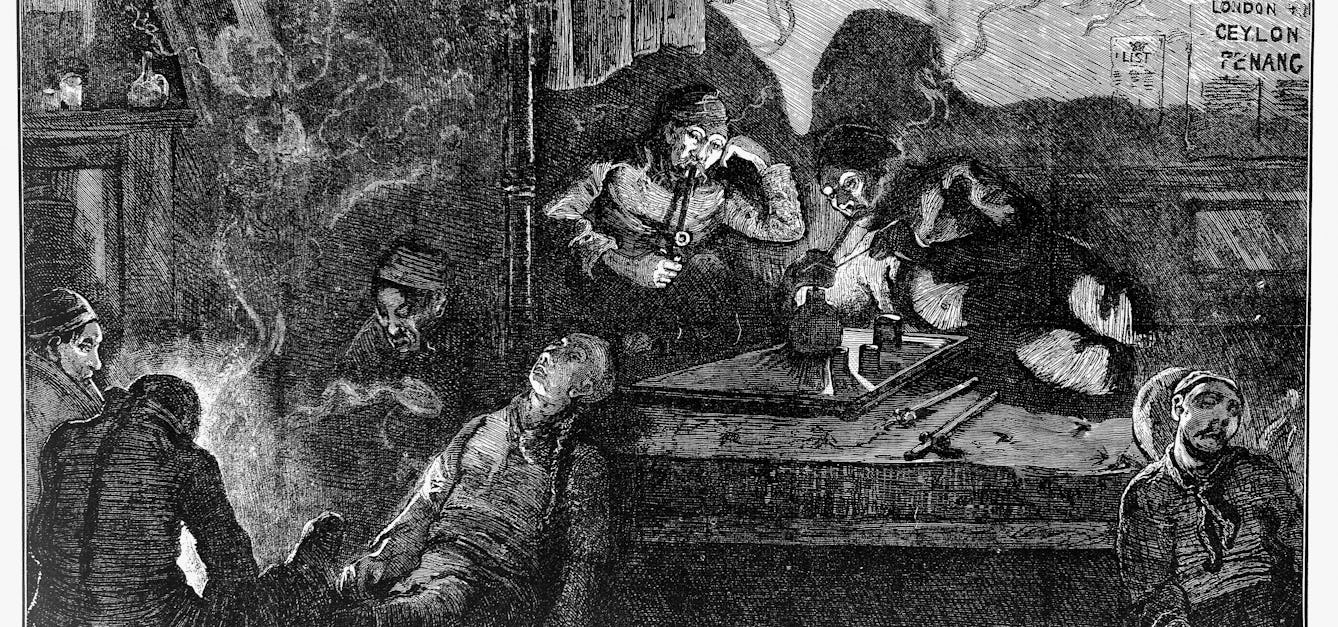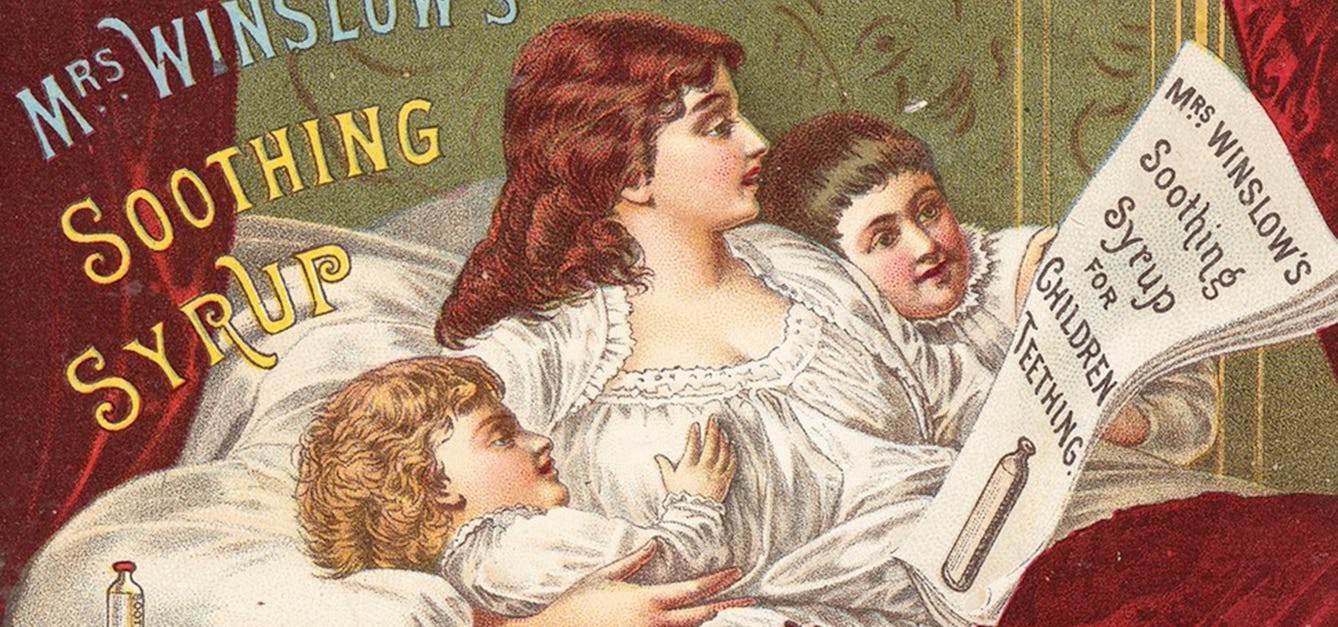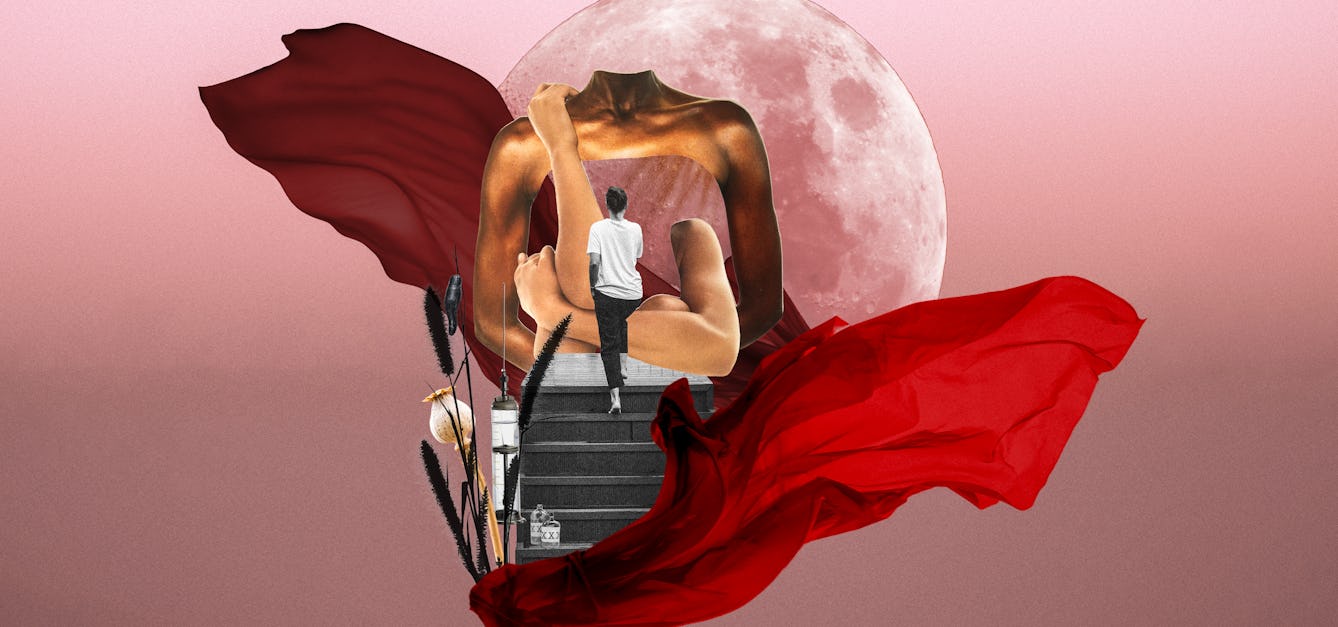Stories

- Article
Drugs in Victorian Britain
Many common remedies were taken throughout the 19th century, with more people than ever using them. What was the social and cultural context of this development?

- Article
The poor child’s nurse
Charming family scenes in Victorian ads for children’s medicines were at odds with some of the dangerous ingredients they contained.

- Article
Theriac: An ancient brand?
The name theriac survived for around for two millennia as a pharmaceutical term. But a ‘brand’ name is not always a guarantee of quality.

- Article
Blood
Discover the history, mythology and taboos around blood and menopause, and hear from some contemporary voices about their experiences of periods and the onset of menopause.
Catalogue
- Books
Short notes of two cases of opium poisoning / by James Ritchie.
Ritchie, James, 1864-1923.Date: 1896
- Books
- Online
Remarks on two cases of poisoning by opium in young children / by J. Jardine Murray.
Murray, J. Jardine.Date: 1858
- Books
- Online
Poisoning from opium / [George Jewel].
Jewel, George (Surgeon, of Gerrard St)Date: [1826]- Books
Case of poisoning by opium : fatal termination after thirty-six hours quantity swallowed about twelve drachms / by T. Goodall Nasmyth.
Nasmyth, T. Goodall.Date: 1878- Books
A case of opium poisoning / by David W. Finlay.
Finlay, David W. (David White)Date: 1884









